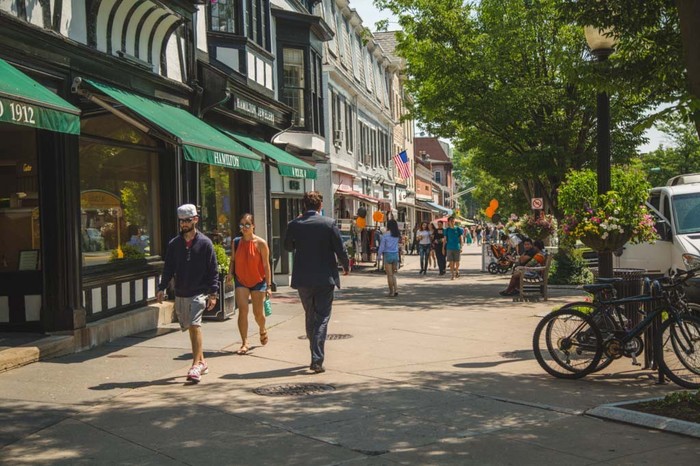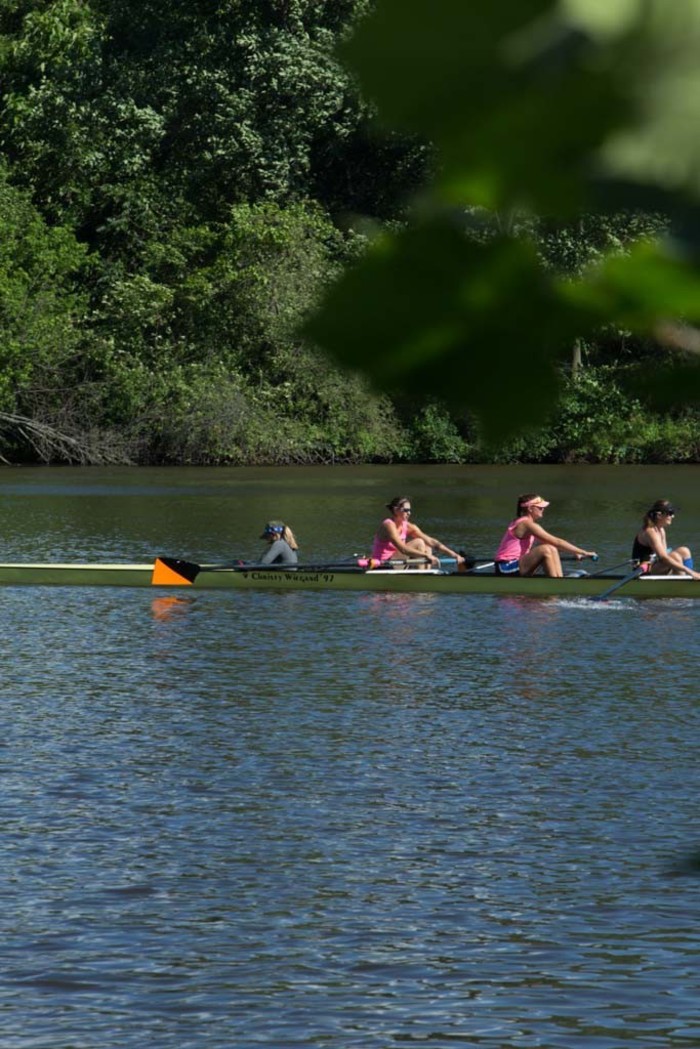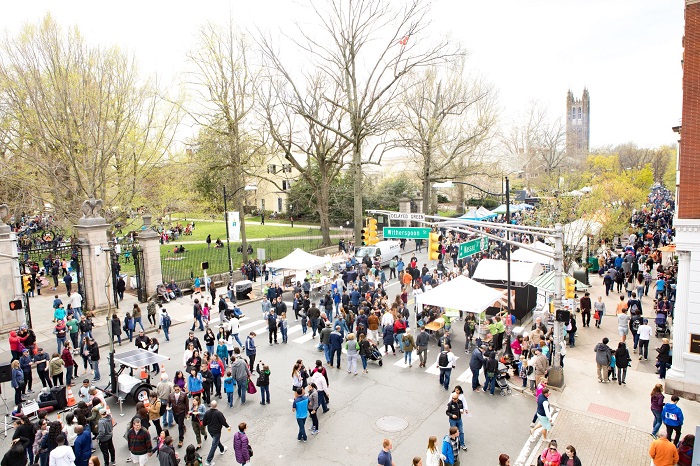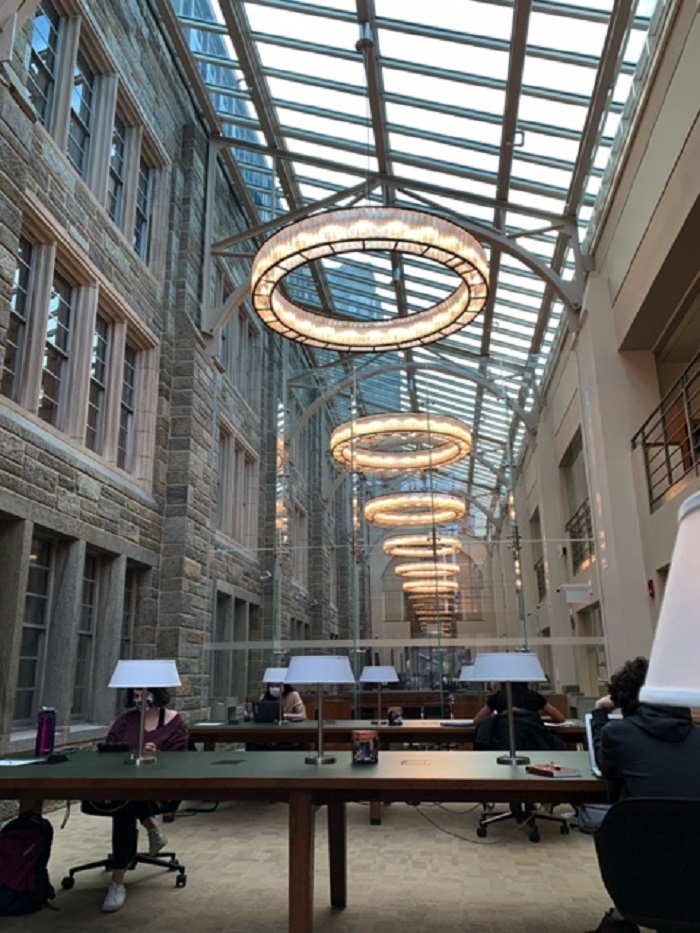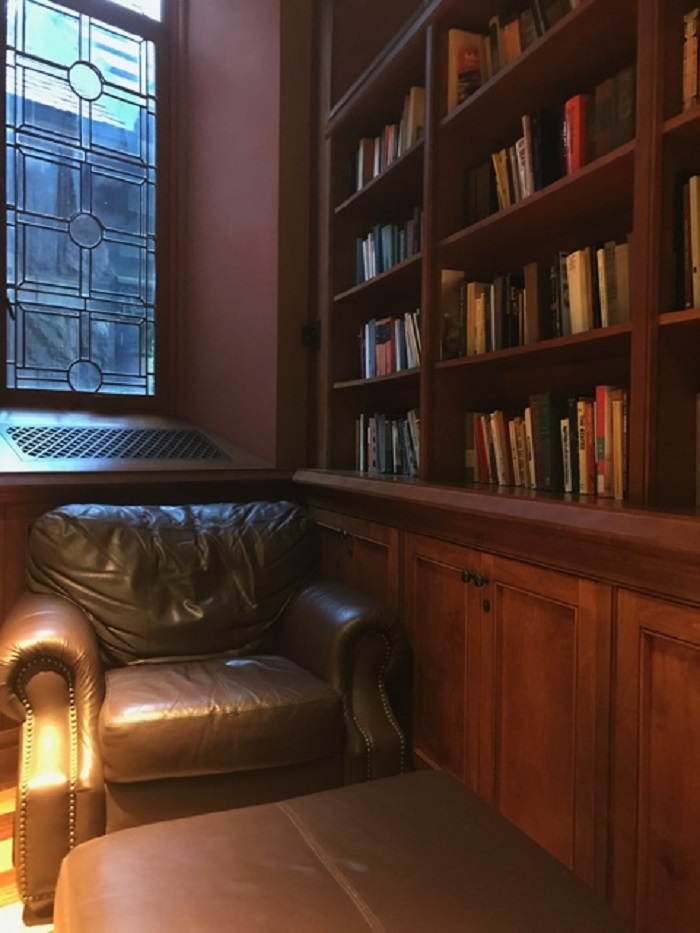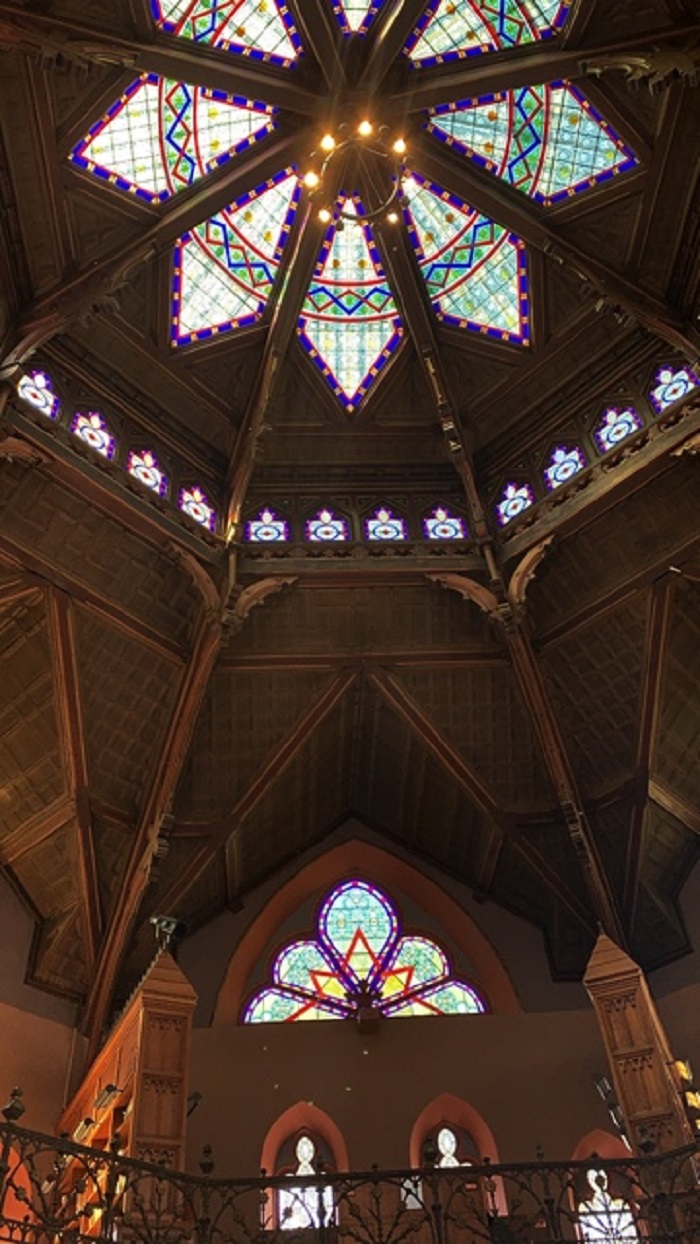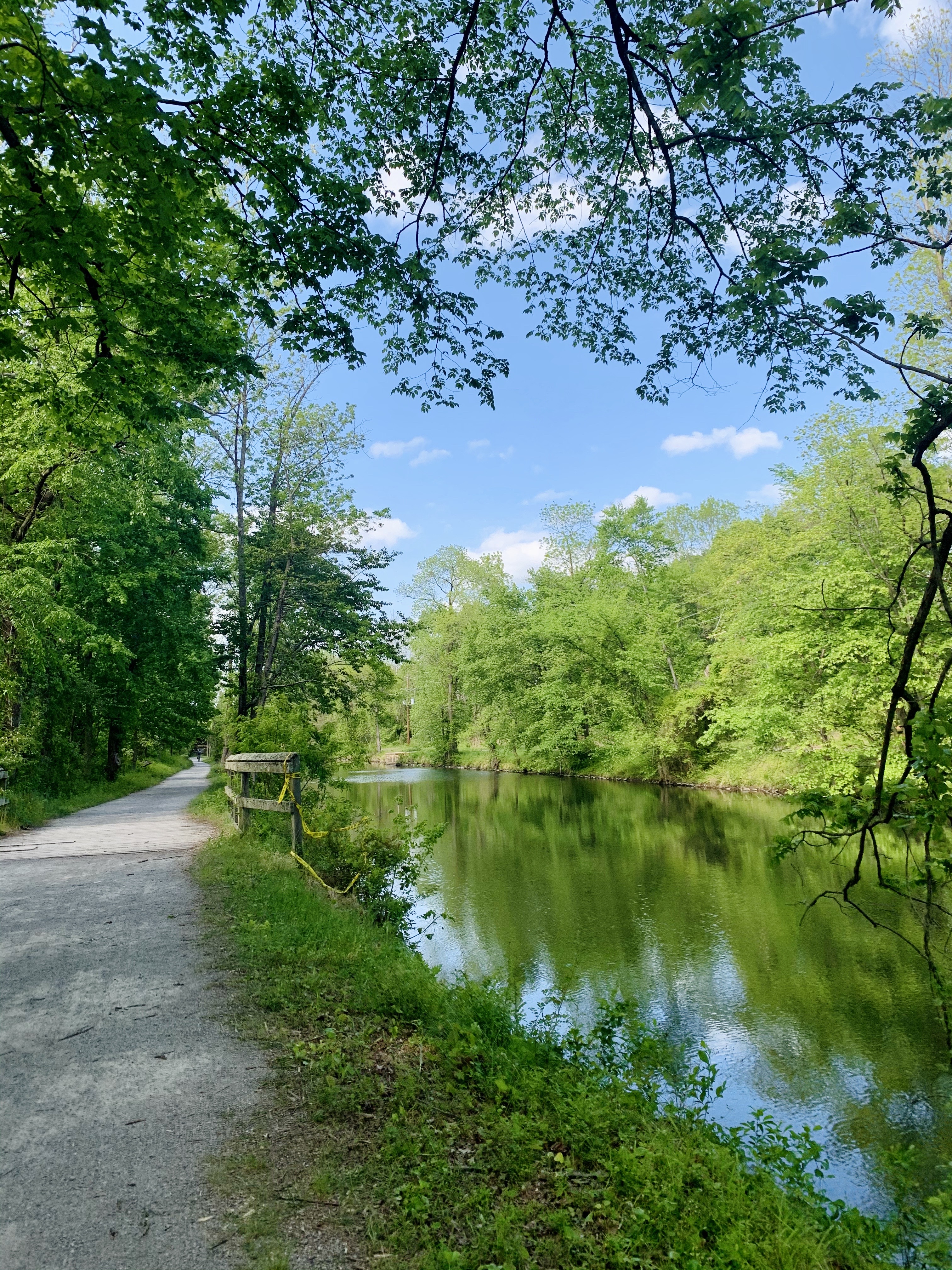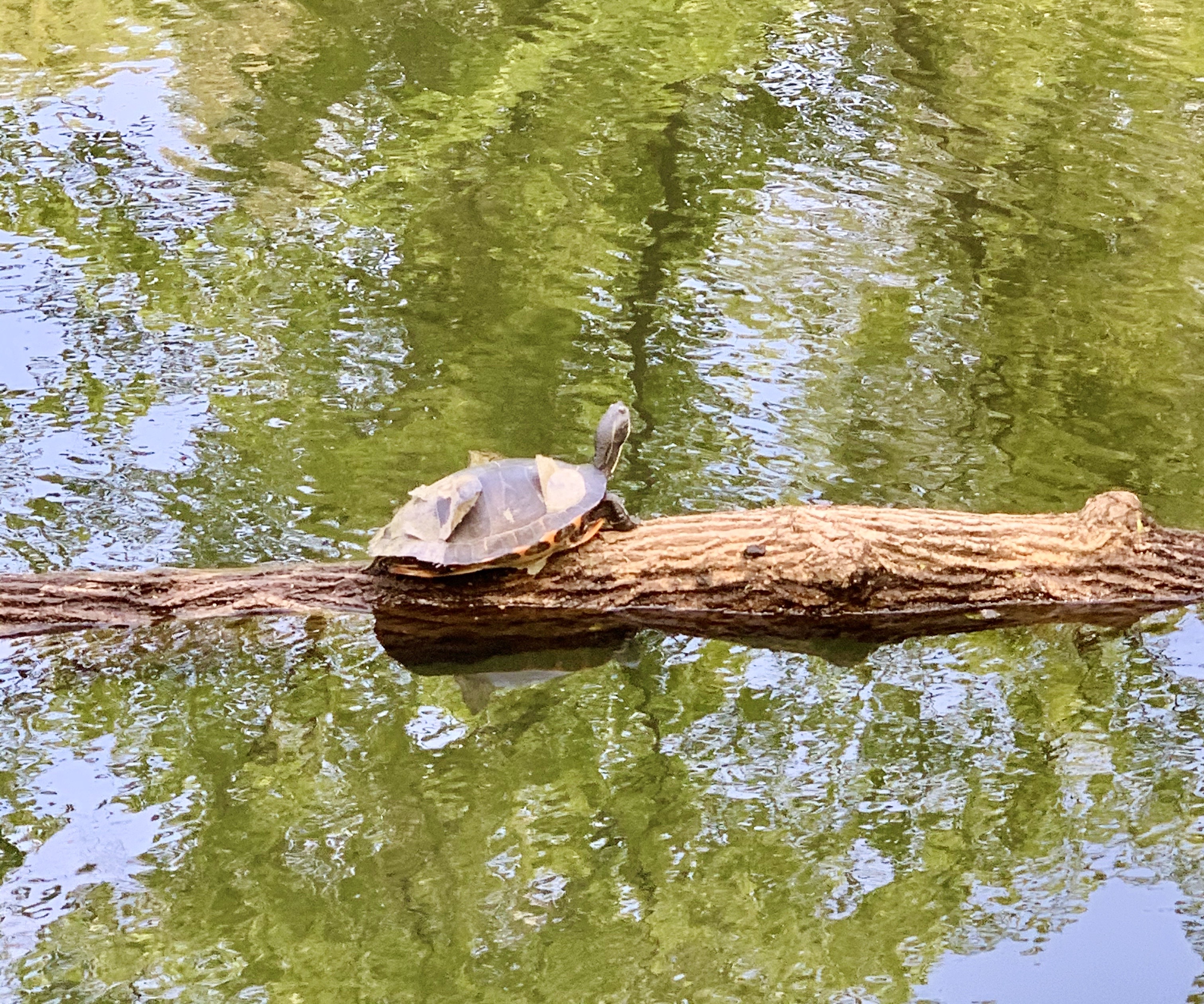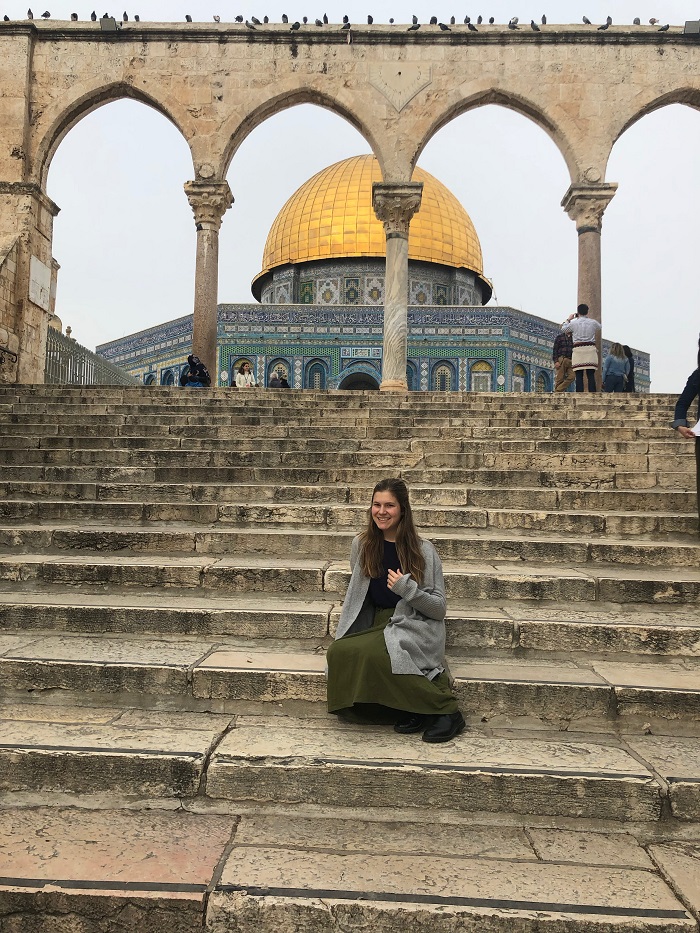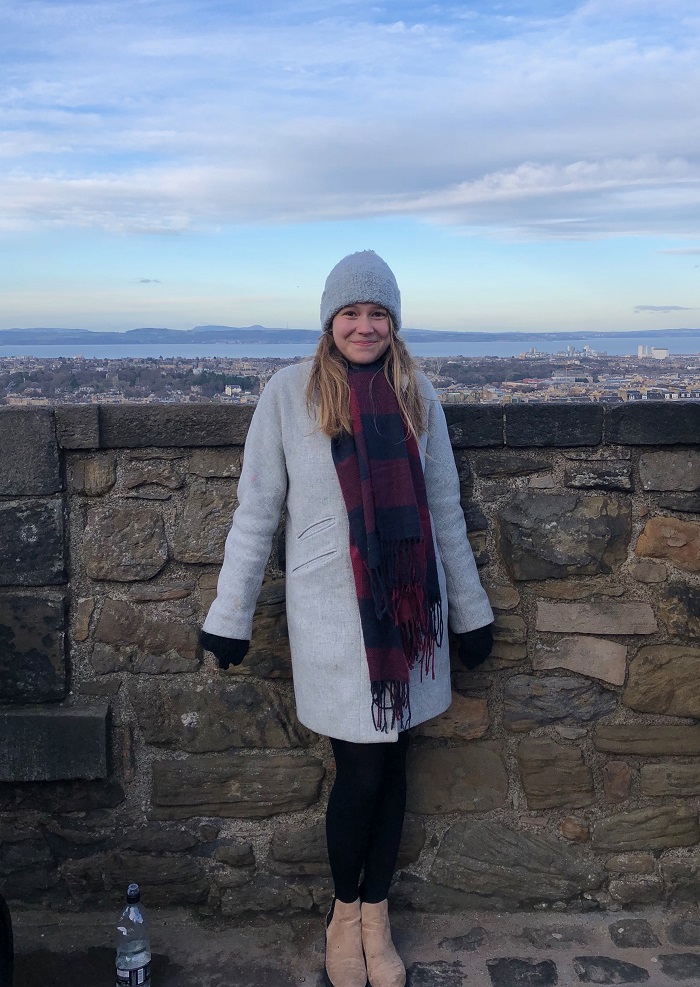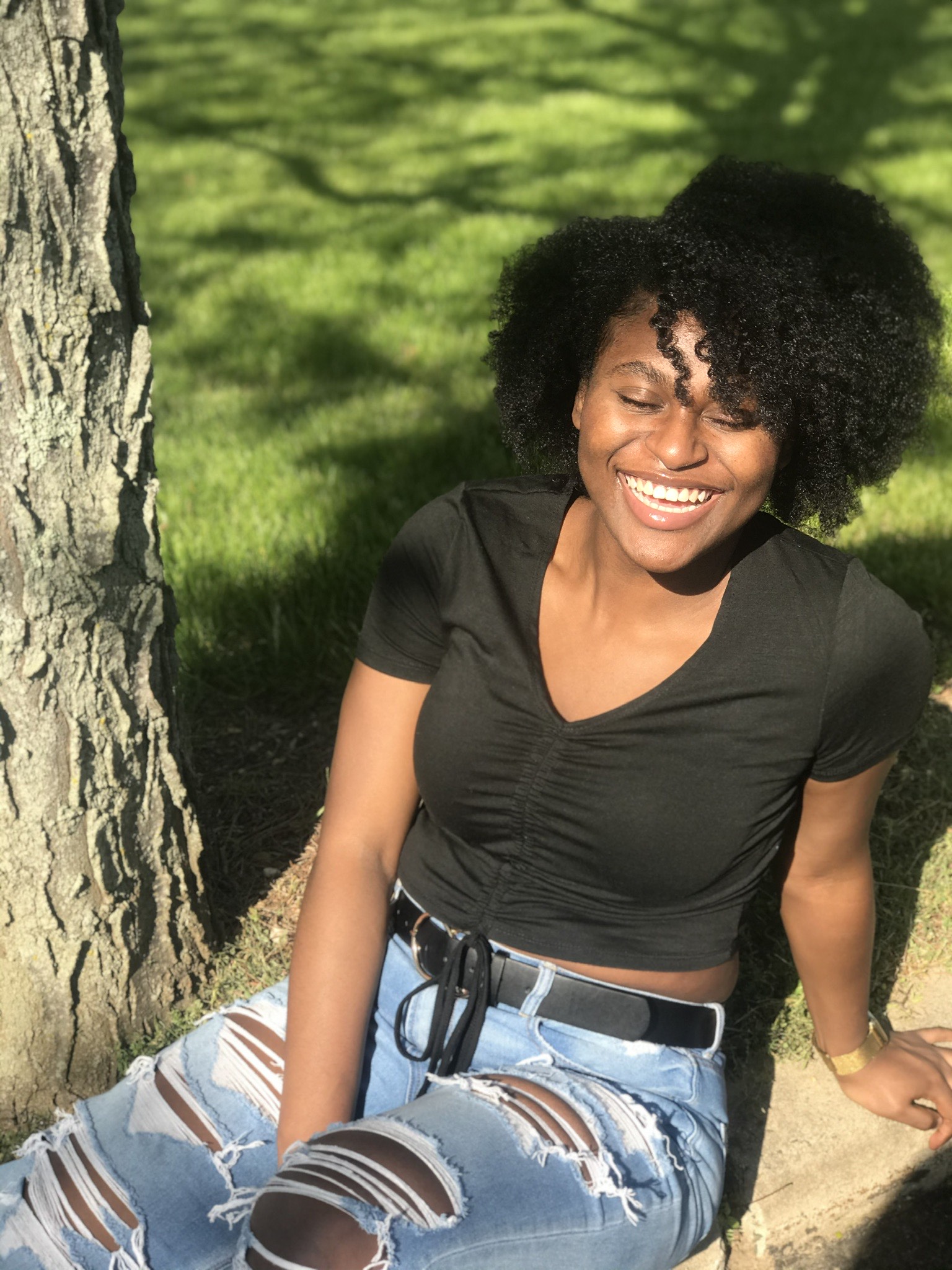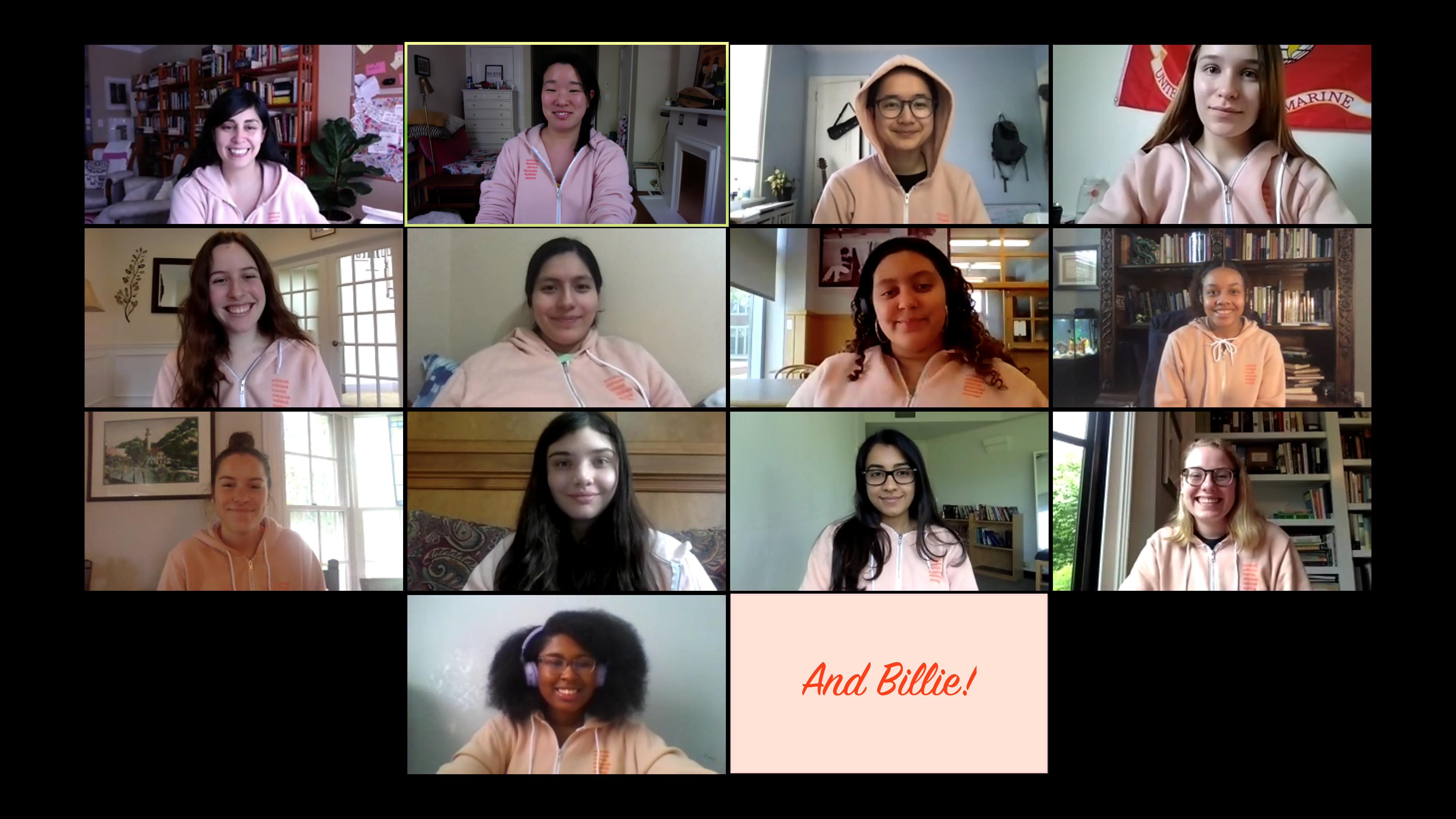We’re a few weeks away from the start of the new year, and it certainly seems like this year will look nothing like it ever has before. For first-year students, the start of their Princeton experience may look different than they imagined, and for upperclass students they will face some pretty big changes in the way they know and love campus life.
I know that, as is the case for many things in our current situation, Princeton will not look how we envisioned. It’s tempting to look at the challenges and inconveniences that lie ahead with pessimism. But as I look to the year ahead, I hope that together as a community we can grow and emerge stronger than before.
I will be a residential college adviser (RCA) in Forbes this fall, mentoring and providing support for a zee (advisee) group of first-years. (If you're in Forbes, check out our welcome video!) This is a role that I’ve looked forward to having since literally before I came to Princeton and although my experience will look different from the way I imagined it, I am trying to find the bright side every day. For example, although I may not be able to host large study breaks, I’m looking forward to getting to know my zees one-on-one. I had a lot of positive experiences with my own RCA, and I hope to be there for my first-years in the way she was for me.
As I anticipate starting the school year in August, I know that this will be an unprecedented year. Hopefully, things will soon return to normal - but I’m confident that before they do, we will find ways to make this year unique in good ways too. This really will be a college experience like no other. Let’s make it a happy (and healthy) one.








